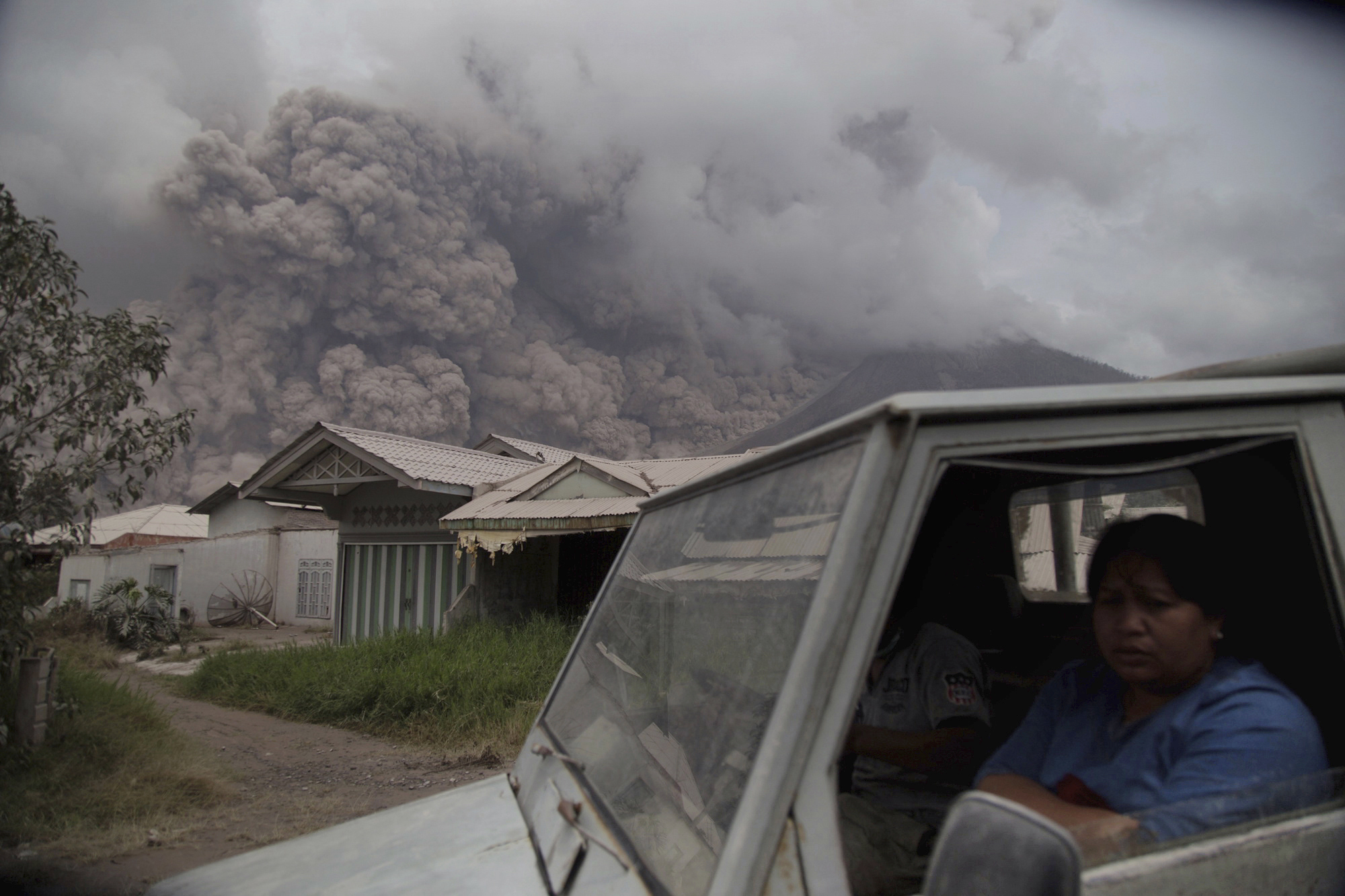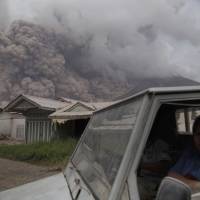A highly active volcano on the Indonesian island of Sumatra erupted again on Wednesday morning, spewing ash as high as 4.2 km in the sky, the country's disaster agency said.
Mount Sinabung, located in North Sumatra province, also sent hot ash clouds down its slopes as far as 4.5 km, the National Disaster Mitigation Agency said on its website.
The agency said there were no reported casualties from the eruption that happened at around 10 a.m.
It said that affected villagers urgently need face masks and water to clean the environment.
The 2,460-meter volcano erupted in August 2010, its first eruption in more than 400 years.
After three years of inactivity, it erupted again in September 2013 and since then has remained highly active.
In February 2014, 16 people were killed by a major eruption just after evacuated residents had been allowed to return home, while another seven people died in another eruption in May last year.
Villages located within the mountain's red zone, which covers a radius of 7 km from the dome, have been evacuated.
All activities within 3 km of the dome have been prohibited since authorities raised the alert status of the volcano to the highest level in 2015. Residents, however, had ignored the warning and returned to their villages to work at plantations.
More than 7,000 villagers affected by previous eruptions are still unable to return home. About 2,800 of them are staying at eight refugee shelters in nearby villages outside the danger zones.






